#geghard
Explore tagged Tumblr posts
Text









Geghard Monastery. All photos from Wikimedia.
#geghard monastery#monasteries#armenia#monastic life#holy ground#geghard#medieval architecture#medieval studies
17 notes
·
View notes
Text
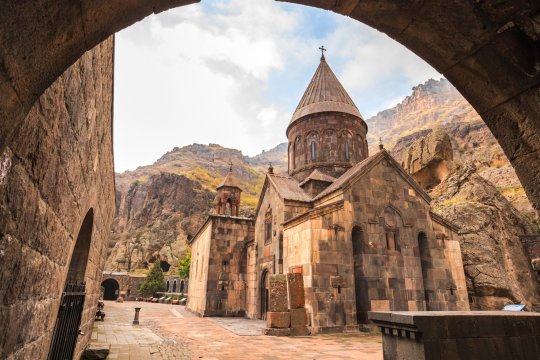
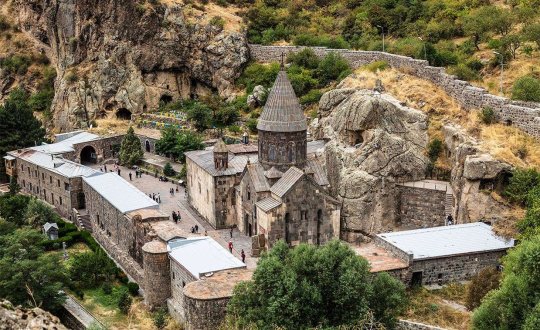
Monastere de Geghard - Armenie
123 notes
·
View notes
Photo

Saint Grégoire l'Illuminateur
Saint Grégoire l'Illuminateur (auparavant connu sous le nom de Grigor Lusavorich, c. 239 - c. 330 de notre ère) fut le premier évêque de l'Église arménienne. On lui attribue généralement la conversion du roi Tiridate le Grand au christianisme, l'établissement formel de l'Église arménienne et la diffusion de cette religion dans tout son pays. Saint Grégoire est le saint patron de l'Arménie.
Lire la suite...
2 notes
·
View notes
Text
Extraordinary Armenia: An Underrated Country with Plenty to Offer
Here is my Armenia trip report from when I visited in October 2022
I visited Armenia in the fall of 2022 with few expectations. At first glance, tourism in Armenia seemed limited to the Armenian diaspora or Russians who were coming in by the droves to escape the Ukraine war draft. I hadn’t expected it to be such a delightfully easy country to travel around, and I didn’t plan to fall in love with it. Although I had initially planned on visiting in 2008, what…
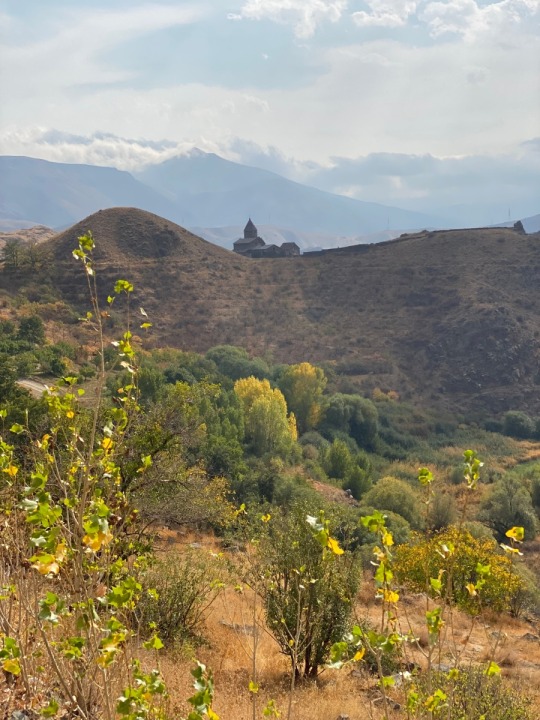
View On WordPress
#Areni#Armenia#Dilijan#Etchmiadzin#Extraordinary Travel Festival#Garni#Geghard#Goris#Gyumri#Ijevan#Khor Virap#Lake Sevan#Noratus#Noravank#Sisian#Syunik#Tatev#travel#Vagharshapat#Vanadzor#Vorotan#Yeghegnadzor#Yerevan#Zvartnots
2 notes
·
View notes
Video
youtube
Trisagion / Трисвятое
#��олитва#монастырь#трисвятое#христианство#гегард#армения#armenia#monastery#trisagion#christianity#geghard#church#prayer
4 notes
·
View notes
Photo
Much of our spiritual knowledge has been passed down from monks living away from civilization, in monasteries located in high elevations ,valleys and mountains,deserts and places that are hard to reach.Visitors looking to study and report about those monks often find themselves drawn into their spiritual initiation and end up staying for years ,a lifestyle that is hard and frugal ,learning to cope with the harsh conditions that surround such monasteries. Some leave because the silence and the teachings are too much for common folks to bear .But others stay because they know ,the world they came from was too chaotic and getting worse,crime ,pollution,no decent way to make a living ,political turmoil and corruption everywhere,a world too insane to return to. Monasteries have been for hundreds of years the repository of knowledge in most fields of study ,religion ,science ,alchemy ,mathematics and philosophy,I share with those monks a thirst to obtain ,knowledge some may say divine knowledge.Many of these places lack the basic necessities of life ,so depend on local farmers for staples ,from wax to make candles ,tools to garden their crops,water which is essential for their survival,firewood and some meat and vegetables.Rice which is the basic staple of many monks is donated by farmers . Well , solitude and time to meditate to the point of learning how to leave their bodies is quite common. A life that can lead some monks to reach Nirvana ,Words by Sergio GuymanProust.

Geghard Monastery, Armenia by RobWilson1
#armenia#monastery#prayer#words by sergio guymanproust#credit to the blogger&photographer.#500px#geghard#church#read and enjoy#read and share#monks lifestyle#nature#the meaning of life#the path to blissful enlightenment
76 notes
·
View notes
Text

Geghard Monastery, Armenia
19 notes
·
View notes
Text
Discover Armenia: A Travel Guide to the Land of History and Hospitality
Armenia, nestled in the South Caucasus region, is a country of ancient history, stunning landscapes, and rich cultural heritage. With its friendly locals and a blend of traditional and modern experiences, Armenia offers an unforgettable travel adventure. This guide will walk you through everything you need to know for a perfect trip to this enchanting land. Brief History of Armenia Armenia…

View On WordPress
#Activities for Tourists in Armenia#africa#Are there any health precautions I should take before traveling to Armenia?#armenia#Armenian Apostolic Church#Brief History of Armenia#Can I use my credit card everywhere in Armenia?#Cost of Living in Armenia#Cultural Tours#destinations#Discover Armenia: A Travel Guide to the Land of History and Hospitality#Do I need to speak Armenian to travel around the country?#europe#Festivals#Garni Temple#gata#Geghard Monastery#Hiking and Trekking#Is it easy to get around Armenia?#kenya#Lake Sevan#marshrutkas#norway#safari#Tatev Monastery#technology#travel#vacation#What is the best time to visit Armenia?#What traditional Armenian dishes should I try?
1 note
·
View note
Text
Lonely Mountain = Armenia
I have a take to make: Armenian culture is very similar to how I would imagine the culture of the Dwarves of Lonely Mountain.
When you think of the halls of Erebor, images of grand stone halls, intricate metalwork, and proud, resilient people come to mind.
Interestingly, this mental imagery resembles Armenia, a rich and ancient civilization in the Southern (that is important - Armenians are not Caucausians per se, like Georgians and/or Dagestanians) Caucasus region. From the stone-borne proud spirit of the Armenian people to their architecture and traditional clothing, there are fascinating parallels between the two cultures, real and fictional.
1. Architecture: Stone, Fortresses, and Underground Structures
The Dwarves of Erebor are renowned for their skill in mining and stonework, creating vast underground cities with intricate carvings and fortifications. Similarly, Armenian architecture is marked by the use of stone, with many historical fortresses, churches, and monasteries built using basalt, tuff, and other locally sourced materials. These buildings, often nestled in mountainous regions, reflect a deep connection to the earth, much like the Dwarven kingdom carved within the Lonely Mountain.
Examples:
Geghard Monastery: Partially carved out of mountain rock, this UNESCO World Heritage site demonstrates the skill and artistry of Armenian stonework. Its cavernous halls and intricate carvings are reminiscent of the Dwarven halls deep within Erebor.
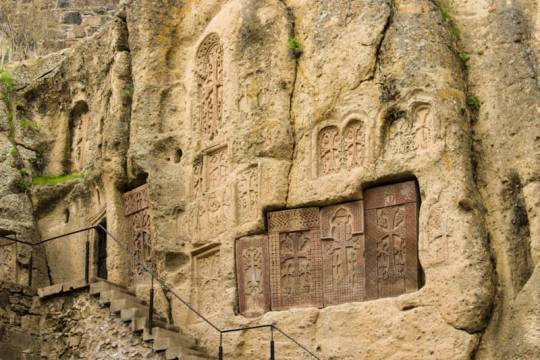
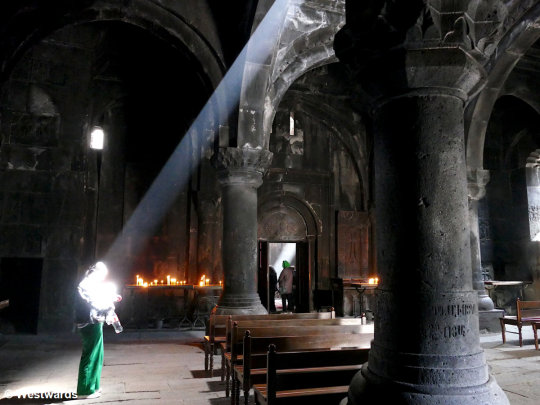
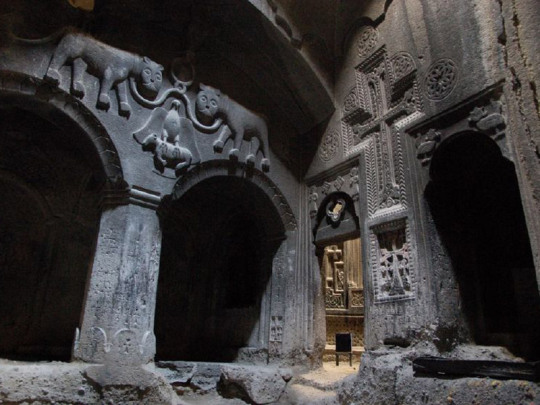
Tatev Monastery: Perched on the edge of a cliff, this fortress-like monastery reflects the grandeur and defensive nature of Dwarven architecture.
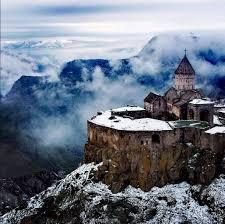
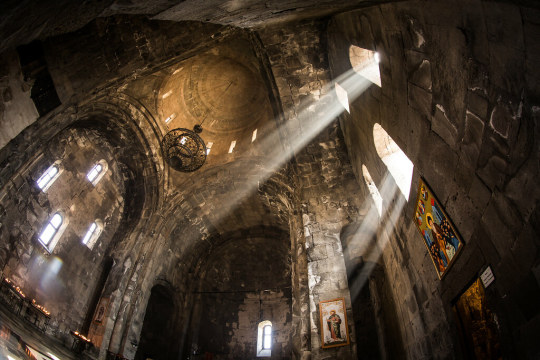

2. Traditional Clothing: Regal, Rich, and Embroidered
Tolkien’s Dwarves are often depicted in elaborate, layered garments with intricate patterns, a testament to their pride in craftsmanship. Armenian traditional clothing, especially royal and ceremonial attire, shares this emphasis on richness and detail. Armenian robes from different historical periods were made from fine fabrics, often embroidered with gold and adorned with jewels, echoing the regal appearance of Dwarven kings and warriors.
Examples:
Royal Armenian Attire: The robes of Armenian kings and nobles during the medieval period were crafted from rich fabrics and detailed embroidery. Visuals of King Gagik I or the attire from the Bagratid dynasty era would illustrate the parallels well.

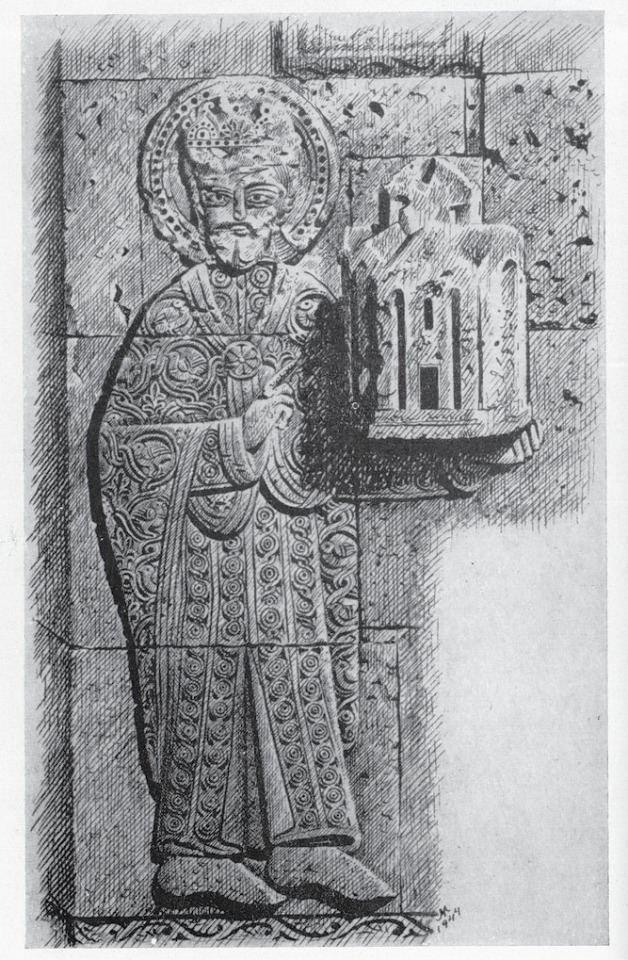
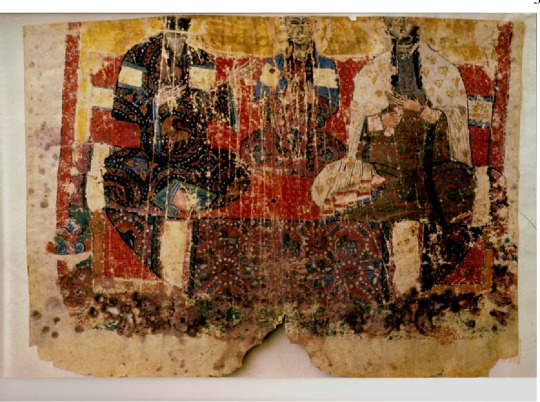
Women’s Embroidered Dresses: Traditional women’s dresses from regions like Syunik and Artsakh, adorned with intricate patterns and gold-thread embroidery, reflect a similar pride in craftsmanship seen in Dwarven culture.
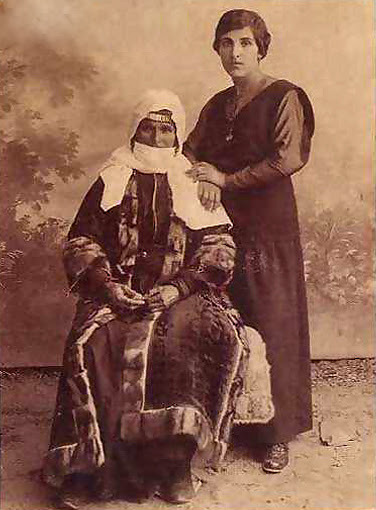
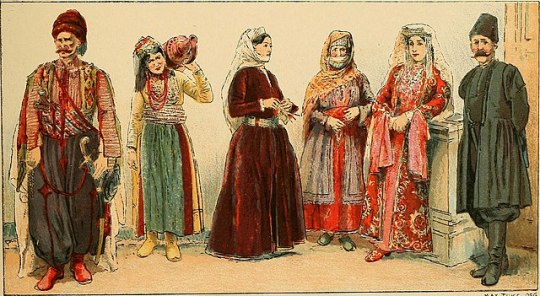
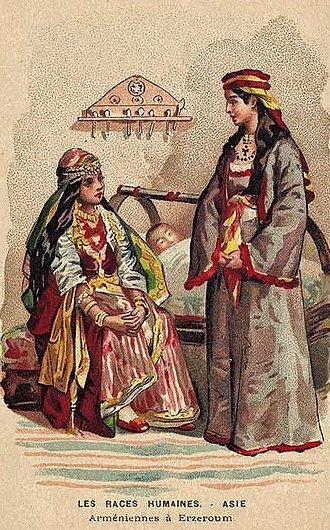
3. Craftsmanship: The Art of Metalwork and Jewelry
The Dwarves are famous for their skills as blacksmiths, miners, and jewelers, creating intricate items from precious metals. Armenia, with its long history of metallurgy, also boasts a rich tradition of metalwork and jewelry-making. Armenian craftsmen were known for producing exquisite silver and gold pieces, ranging from church crosses to ceremonial weaponry and jewelry.
Examples:
Armenian Crosses and Jewelry: The detailed filigree and gem-inlaid designs seen in Armenian religious artifacts show a high level of skill. These pieces could easily be imagined as treasures from the hoards of Erebor.
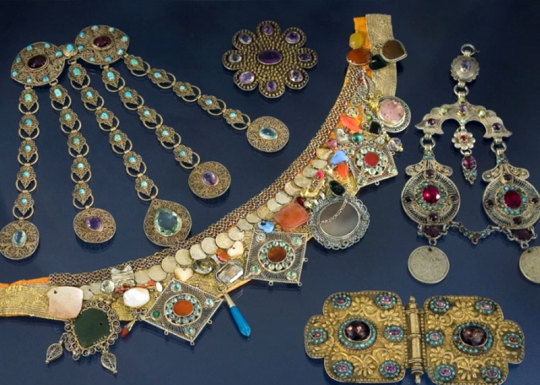


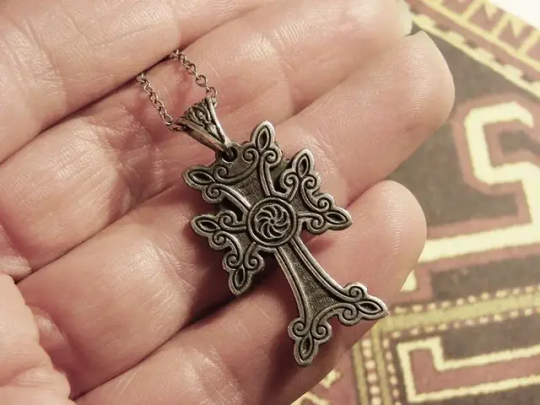
Ceremonial Swords and Armor: Historical Armenian weaponry, including richly adorned swords and shields, can also be found in museums. Their craftsmanship mirrors the care and pride of Dwarven smiths.
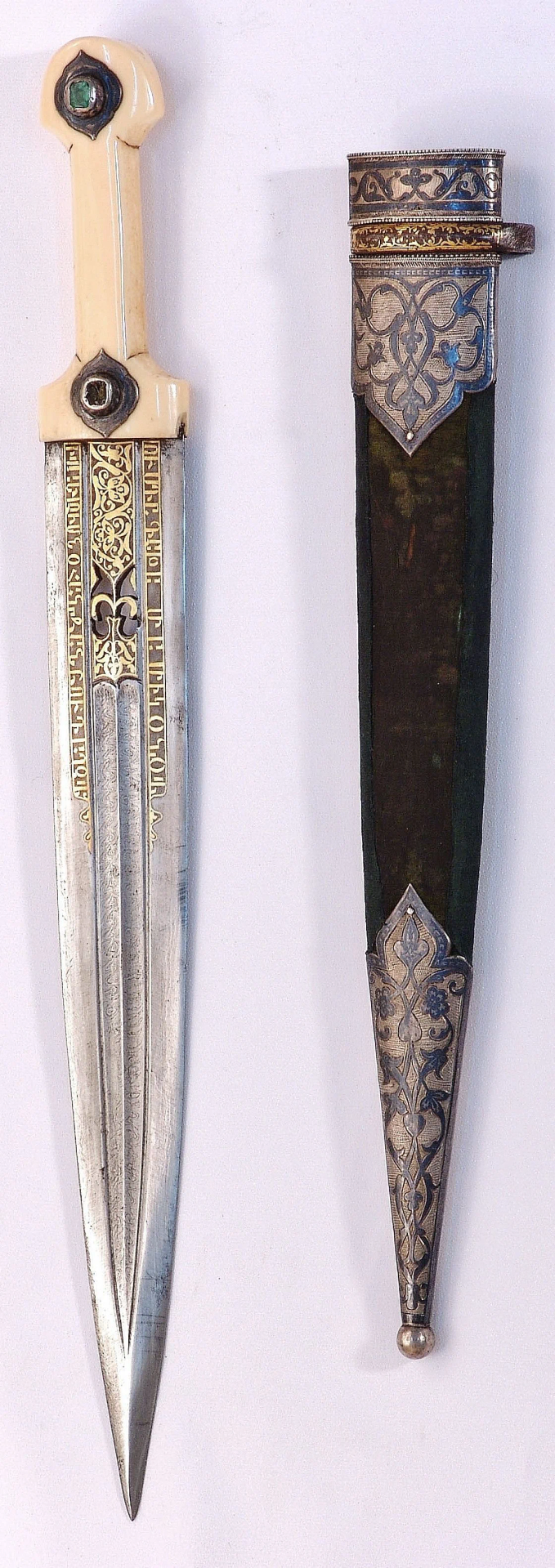

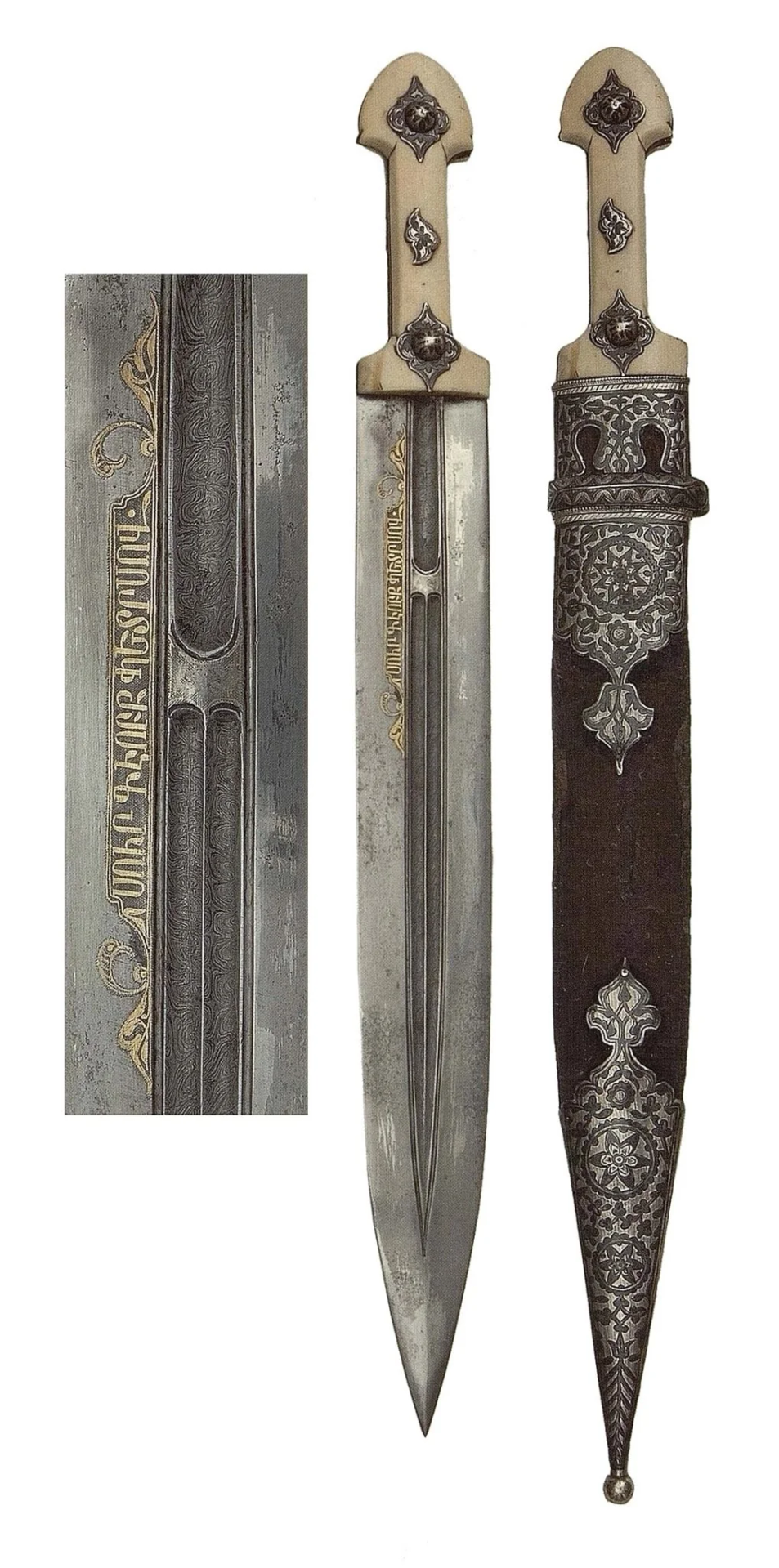
4. Resilience and Pride: A Shared Spirit of Survival
Both the Armenians and the Dwarves have a shared history of resilience and pride in their heritage. The Dwarves, displaced from their homeland of Erebor, strive to reclaim their lost kingdom, a narrative that echoes the Armenian struggle throughout history to preserve their culture and identity in the face of invasions and displacement.
Armenian history is marked by perseverance, whether through the maintenance of cultural traditions, language, or faith, even during periods of hardship. The Dwarves' determination to return to Erebor, despite the dangers, reflects a similar strength.
Examples:
Armenian Genocide Memorials: These monuments, while somber, speak to the resilience and enduring spirit of the Armenian people. They stand as a testament to survival, much like the return of the Dwarves to Erebor.
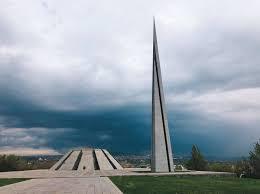
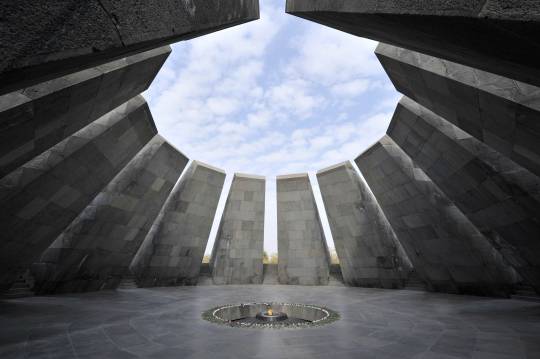
Mount Ararat: The iconic mountain, which has a deep connection to Armenian identity, is often depicted in art. It symbolizes endurance, much like the Lonely Mountain symbolizes hope for the Dwarves.
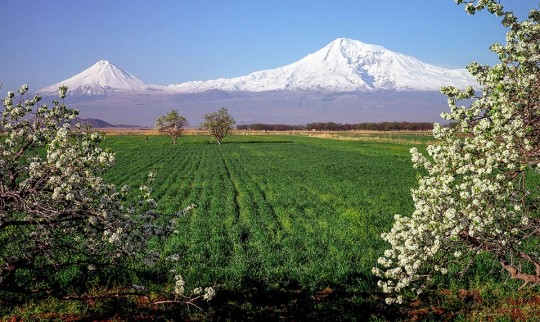
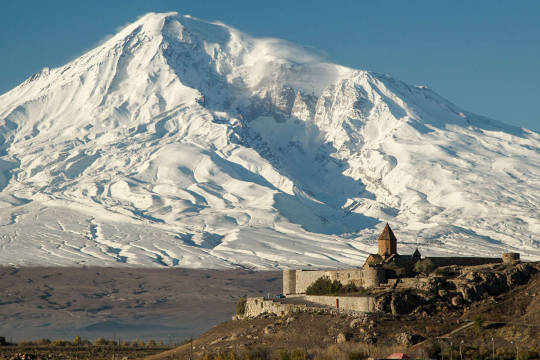

Conclusion
While there is no evidence that J.R.R. Tolkien based the Dwarves of Erebor on any specific real-world culture, the similarities between Dwarven and Armenian culture are striking. Both are defined by a love of stone, a tradition of intricate craftsmanship, and a deep-rooted pride in their heritage. These parallels offer a fascinating way to look at Tolkien's world.
109 notes
·
View notes
Photo
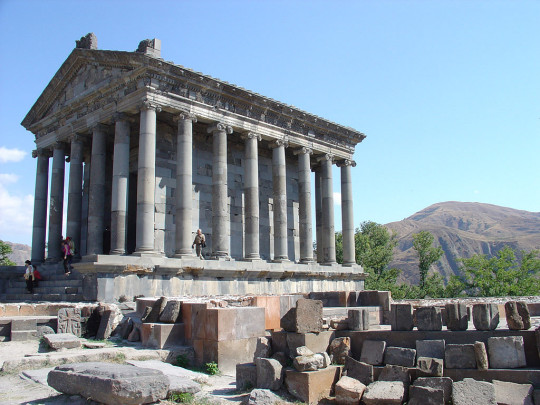
Temple de Garni
Le temple de Garni (en arménien: «Garnu tacar») est situé dans le village de Garni dans la province de Kotayk, en Arménie. Il était autrefois un temple païen dédié au dieu solaire arménien, Mihr. Construit au milieu du 1er siècle ap. J.-C., le temple de Garni a remarquablement survécu à la période de destruction des temples païens suite à la conversion de l’Arménie au christianisme au 4e siècle ap. J.-C. Il a aussi résisté à d’innombrables invasions et tremblements de terre jusqu’à son effondrement en 1679. Suite à une période de fouilles archéologiques entre la fin du 19e siècle jusqu’au début du 20e siècle, le temple de Garni a finalement été reconstruit entre 1969 et 1975. Aujourd’hui, il s’agit de la seule structure gréco-romaine en Arménie. Il est considéré par beaucoup comme un puissant symbole du passé classique de l’Arménie, ainsi qu’un symbole de ses liens historiques avec les civilisations grecque et romaine.
Lire la suite...
3 notes
·
View notes
Text

Geghard Monastery
16 notes
·
View notes
Video
youtube
Жаматун / The Zhamatun
#армения#монастырь#гегард#усыпальница#церковь#юнеско#христианство#armenia#monastery#geghard#tomb#church#unesco
2 notes
·
View notes
Text

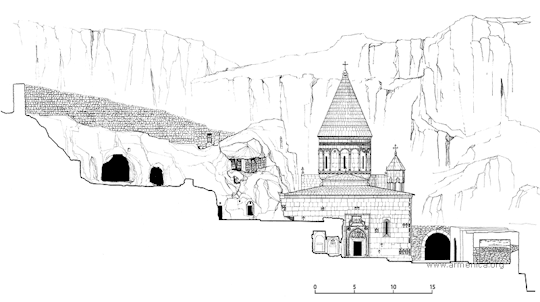

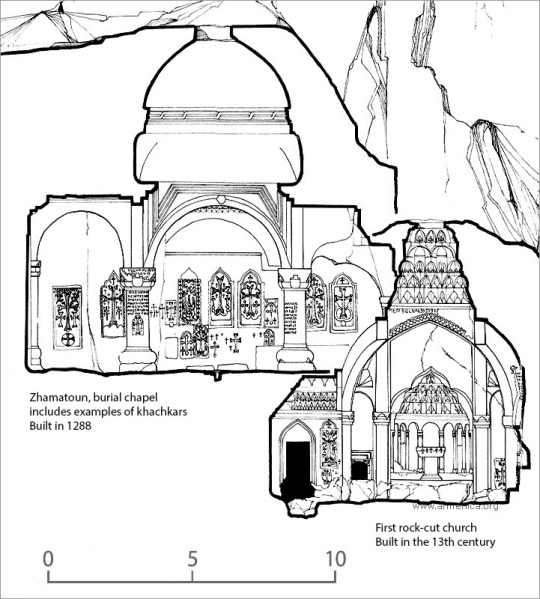



Geghard Monastery. Armenia. via
165 notes
·
View notes
Photo

New Post has been published on https://massispost.com/2025/01/armenia-among-top-5-travel-destinations-for-authentic-eastern-experiences/
Armenia Among Top 5 Travel Destinations for Authentic Eastern Experiences

PRAGUE – The Czech news portal Novinky.cz has ranked Armenia among its top five countries for travelers seeking authentic experiences in the East. The article highlights that these destinations are free from the crowds of mass tourism and offer more affordable prices compared to Central Europe. The publication describes Armenia as a stunning country at the foot of the Caucasus Mountains and the cradle of Christianity, boasting unique cultural and natural attractions. Among the highlights are the Khor Virap Monastery, with its breathtaking views of the biblical Mount Ararat, the serene Lake Sevan and Sevanavank Monastery, and the extraordinary Geghard…
2 notes
·
View notes


